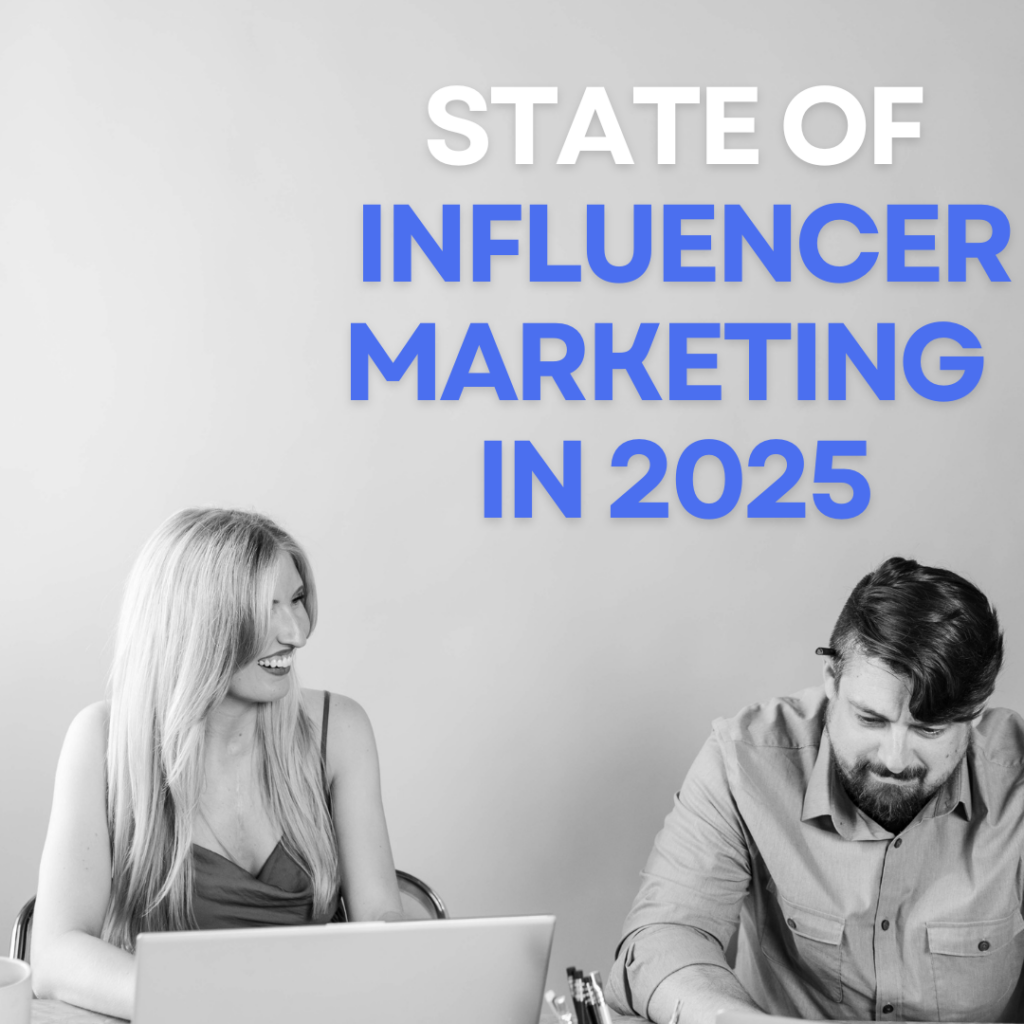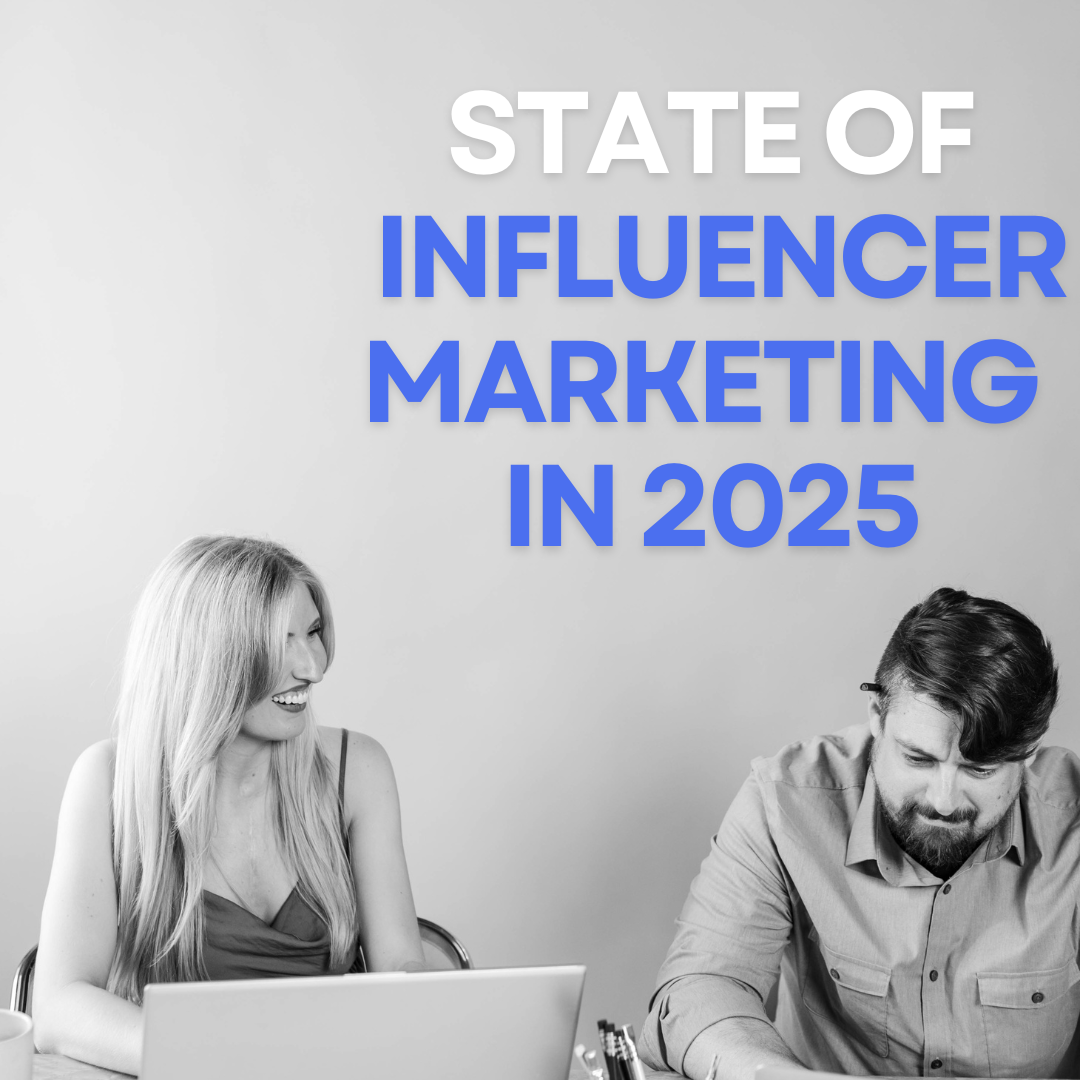
Influencer marketing has come a long way since its humble beginnings in the early 2010s. What started as a few celebrities endorsing products on Instagram quickly ballooned into a global industry worth billions of dollars. By 2025, influencer marketing has evolved from flashy endorsements to an essential pillar of digital marketing strategies. The landscape is more sophisticated, more data-driven, and, of course, more diverse than ever before.
But with maturity comes new challenges. In 2025, influencer marketing faces its own set of obstacles, including oversaturation, shifting consumer behaviors, and the rise of new technologies. So, what does influencer marketing look like today, and where is it headed in the next few years?
Key Trends in Influencer Marketing in 2025
Rise of Micro and Nano-Influencers
In the early days, brands sought out influencers with massive followings, hoping that their reach would translate into engagement and sales, but as the influencer landscape became flooded, it became clear that numbers didn’t always tell the full story. Enter micro and nano influencers: individuals with followings ranging from a few thousand to a couple hundred thousand, who often have more personal, authentic connections with their audiences.
These influencers are a hot commodity in 2025, and for good reason: they often achieve higher engagement rates and provide brands with a more niche, targeted audience. As consumers crave authenticity over celebrity endorsement, working with smaller influencers allows brands to tap into specific communities and build long-lasting relationships.
AI-Powered Influencers and Content Creation
As artificial intelligence continues to advance, it’s no surprise that AI-generated influencers and content are taking center stage. These virtual personalities—think AI-generated Instagram influencers or even deepfake YouTubers—are becoming mainstream. In fact, many brands are experimenting with AI to create “virtual brand ambassadors” who can interact with audiences 24/7, provide personalized recommendations, and even produce content at scale.
Beyond virtual influencers, AI tools are also empowering human influencers with smarter content creation strategies. From optimizing post timings and hashtag strategies to analyzing audience sentiment, AI is helping influencers hone their craft and deliver content that resonates.
Short-Form Video and Livestreaming Take Over
TikTok has completely changed the content game, and by 2025, short-form video has become the dominant format for influencer content. Instagram Reels, YouTube Shorts and even platforms like Snapchat Spotlight are fueling this shift and brands are increasingly seeking out influencers who can create quick, engaging videos.
Livestream commerce, or “live shopping,” has also exploded in popularity. Influencers are leveraging live video to sell products in real-time, offering a more interactive, personal shopping experience for their followers. This trend is expected to grow even more as platforms continue to integrate shopping features directly into their live broadcasts, blending entertainment and e-commerce seamlessly.
Influencers as Long-Term Brand Ambassadors
In 2025, we’re seeing fewer one-off sponsored posts and more long-term partnerships between brands and influencers. The days of the quick one-and-done Instagram story are over; now, brands are seeking deeper, more meaningful collaborations with influencers who can serve as brand ambassadors. These long-term partnerships allow for greater consistency in messaging, more authentic storytelling, and ultimately, a more engaged audience.
Influencers are no longer just paid spokespeople; they’re integral parts of a brand’s marketing team, helping to shape everything from product development to customer service.
More Regulation and Transparency
As influencer marketing continues to grow, so does the demand for transparency. In 2025, there is a clear push for regulation around sponsored content, with governments and platforms implementing stricter rules about disclosure, authenticity, and content standards. In response, influencers and brands are becoming more transparent, ensuring they properly disclose partnerships and avoid misleading or deceptive practices.
This trend is also driven by consumer demand for honesty in advertising. Followers are increasingly savvy about identifying sponsored posts, and they expect influencers to be open about their collaborations. Brands that embrace this shift toward transparency will build greater trust with their audiences.
The Rise of Social Commerce Social media platforms are no longer just about likes and shares—they’re increasingly becoming marketplaces in themselves. Social commerce, or the direct buying and selling of products on platforms like Instagram, TikTok and YouTube, is set to be a key revenue driver for influencers and brands alike.
By 2025, influencers aren’t just promoting products; they’re selling them directly through their content. With integrated shopping features, followers can purchase items directly from a TikTok video or an Instagram post, bypassing traditional e-commerce websites. This seamless integration of shopping into social platforms has created a new world of opportunity for influencers to drive direct sales, while offering brands a more targeted, frictionless path to purchase.
Data-Driven Influencer Marketing In the past, influencer marketing was often a “gut feeling” exercise—choosing an influencer based on their popularity or aesthetics. In 2025, the process is increasingly data-driven with powerful analytics tools, brands are able to track the ROI of influencer partnerships more accurately than ever before.
Influencers themselves are also using data to optimize their content strategies. AI-powered tools help influencers track engagement patterns, identify their most loyal followers, and tailor their posts to better resonate with their audiences. This data-centric approach is making influencer marketing smarter, more efficient, and more measurable.
The Challenges Facing Influencer Marketing in 2025
Over Saturation of Influencers
The influencer market is becoming crowded and it’s harder than ever to stand out. With so many people claiming to be influencers, consumers are experiencing “influencer fatigue.” As a result, engagement rates for top influencers are starting to plateau, while newer, more niche influencers continue to rise.
Brands will need to get creative in their strategies, focusing not just on the size of the influencer’s following but on the quality of the relationship they have with their audience.
Fake Followers and Inauthentic Engagement
Despite efforts to clean up the industry, fake followers and inauthentic engagement continue to plague the influencer space. Brands and influencers alike are dealing with the fallout from influencer scandals involving fake followers or inflated engagement numbers. Fortunately, platforms and third-party tools are becoming more adept at detecting and weeding out these fraudulent metrics, but the problem is far from solved.
Brand Alignment and Crisis Management
With influencers being so closely tied to their personal brands, any misstep can lead to public relations disasters. In 2025, brands need to be more selective about who they partner with, ensuring that the influencer’s values align with their own. A small slip-up—whether it’s a controversial statement or a poorly timed post—can lead to a major backlash, so crisis management strategies are becoming a key part of any influencer campaign.
As we look toward the future, influencer marketing will continue to evolve in exciting ways. Virtual influencers and AI-generated content will become even more common and the boundaries between human and AI influencers will blur. Influencers may even act as avatars in virtual worlds and the metaverse, paving the way for entirely new kinds of digital marketing.
Hyper-targeted content will continue to rise with brands focusing on building smaller, highly engaged communities rather than casting a wide net. Influencers will play an even bigger role in personalized marketing, driving deeper connections with niche audiences.
In the long term, influencer marketing may take a deeper dive into Web3 technologies, where influencers will work as part of decentralized platforms and communities, using blockchain to build transparency and ownership in their collaborations.
Influencer marketing in 2025 is no longer a novelty; it’s a fully integrated part of the digital marketing ecosystem. But as the landscape continues to shift, brands and influencers will need to stay nimble and adapt to new technologies, new regulations, and new consumer expectations. The influencers who thrive will be those who remain authentic, innovative, and data-driven.
The future is bright for influencer marketing, and with the right strategies, both brands and influencers can continue to ride the wave of success in this dynamic space.


